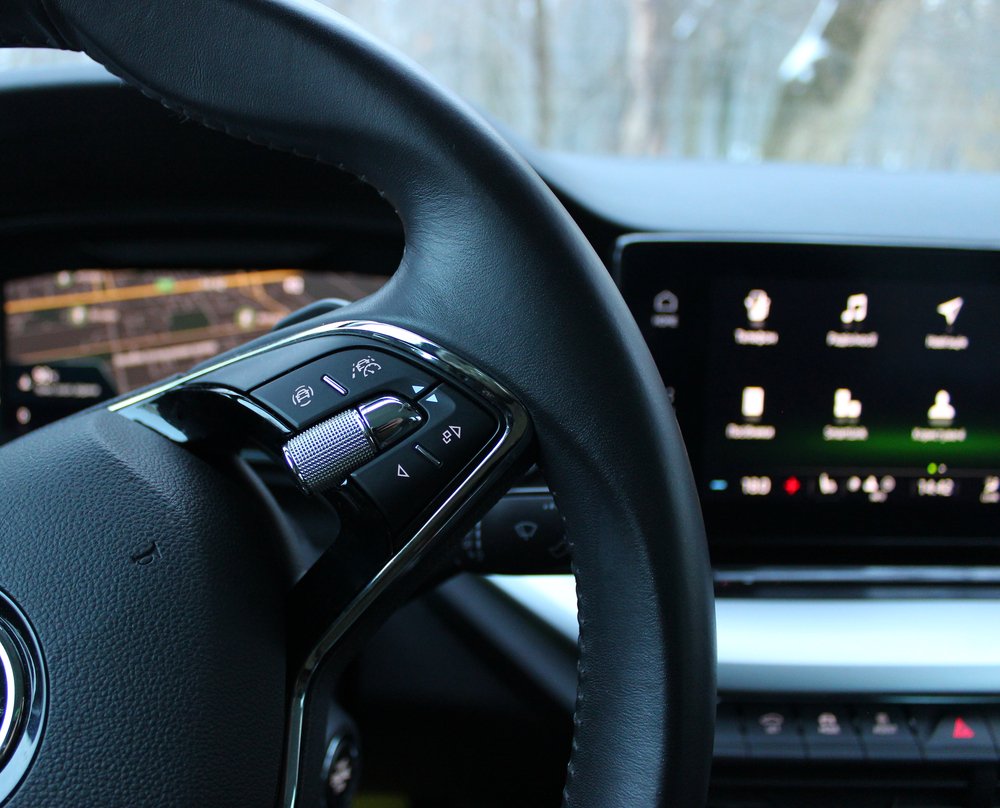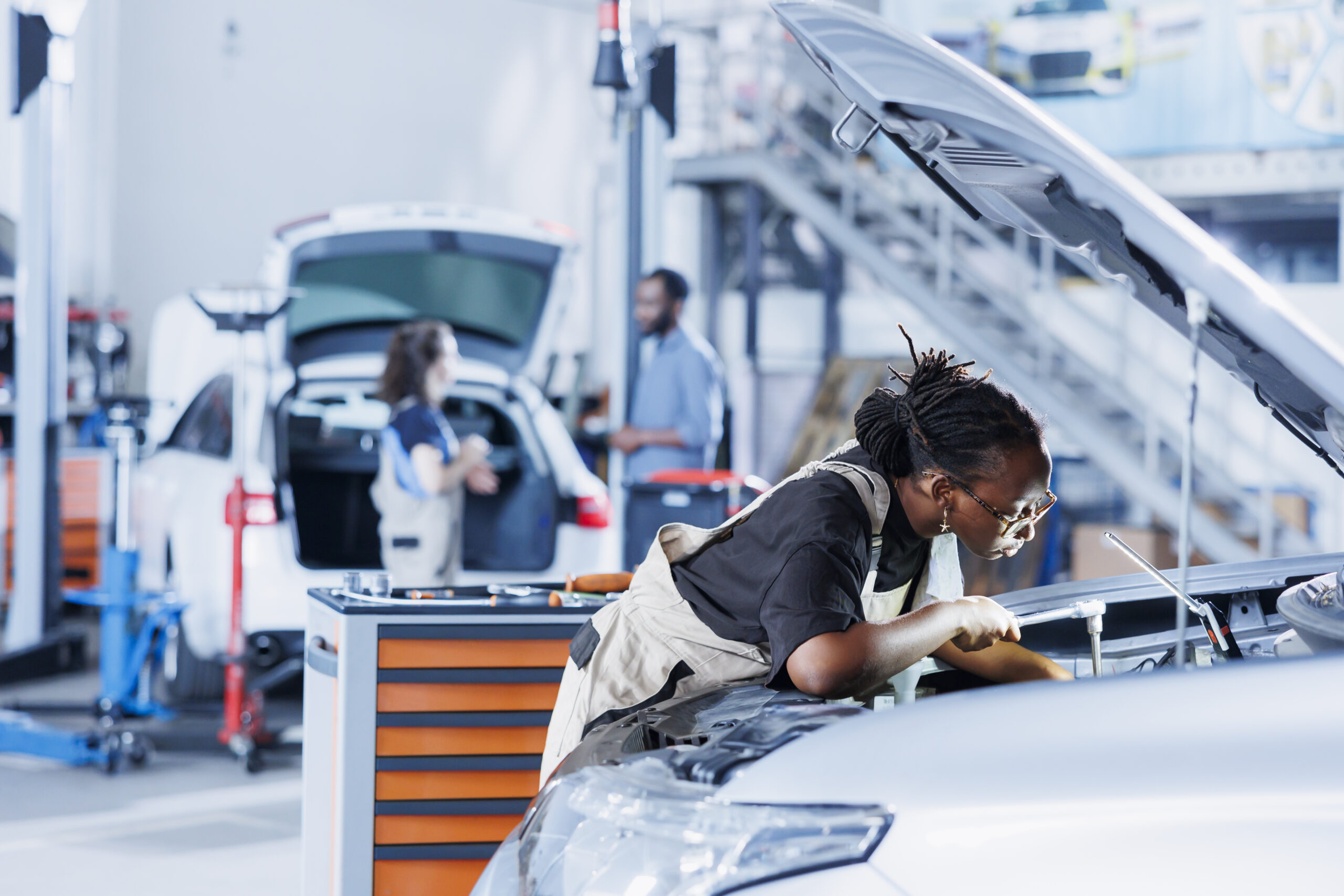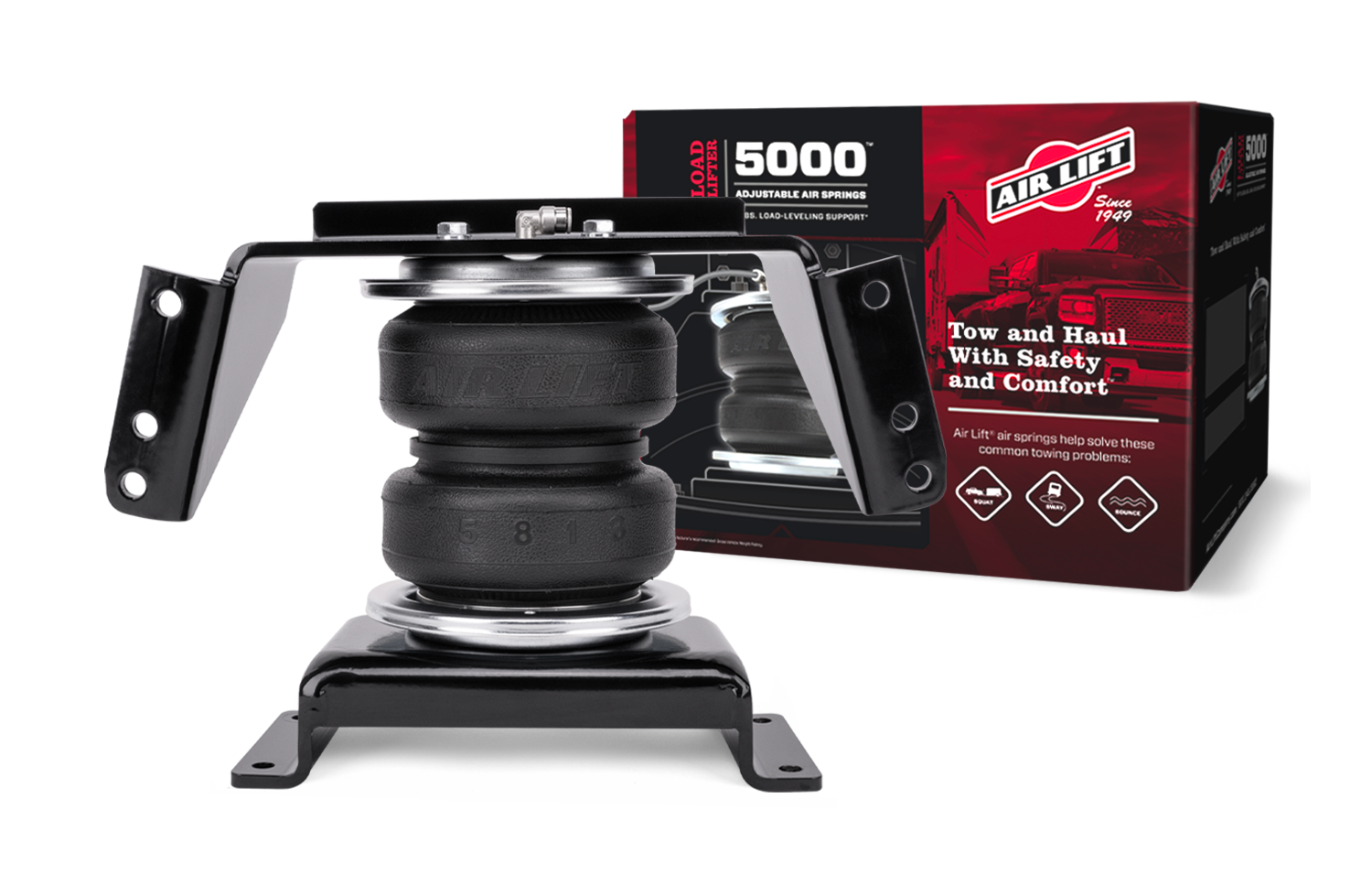
Many new technologies are soon going to be heavily penetrating the new vehicle fleet and the aftermarket needs to be prepared to work with and accommodate them as they service vehicles equipped with the technology, urged an industry expert.
Todd Campau, aftermarket practice leader at S&P Global Mobility, highlighted four of these technologies that the industry will be seeing a lot of in the coming years at AAPEX 2023.
One is lane keep assist. About 20 per cent of vehicles in operation have lane keep assist. Over the next 10 years, that’s expected to grow to 63 per cent.
“So we’re going to see a lot more lane keep assist coming as a standard part of the new vehicles that are being sold,” he said during the session, Trends Impacting the North American Aftermarket. “And we’ve been telling you for several years and you’ve been seeing in the news and other places that ADAS technologies — those driver assistance systems — are getting more and more prevalent. And we’re absolutely seeing that here.”
Blind-spot monitoring is another that is expected to skyrocket at a similar pace. It’s in 18 per cent of vehicles today and will be in 60 per cent of the vehicle fleet by 2031.
Adaptive cruise control, which uses several different ADAS components, is in about 14 per cent of the vehicle fleet. By 2031, about half of vehicles will have some form of the system.
“Each manufacturer’s adaptive cruise is a little different,” Campau pointed out. “So we’ve had to normalize this a little bit to be able to make these projections, but some sort of adaptive cruise will be on half the fleet by 2031.”
Automatic emergency braking is expected to jump from being in one in five vehicles to two-thirds of the fleet by 2031.
Expect this one to be accelerated by legislation, Campau noted. He compared it to rearview camera. These started coming up about 10-12 years ago. By 2018, they were mandated by the government.
“But all the manufacturers were already going that way because rearview cameras made so much sense to prevent cars from hitting people when they were backing up,” Campau said. “[Automatic emergency braking] is the same deal and just extending … to help the driver break if they don’t see that pedestrian coming around the corner or coming down the sidewalk.”
This is just scratching the surface, Campau noted. There will be at least 40 systems that industry professionals will need to keep an eye on as sensors proliferate vehicles.
“But all of these points to the more technologies that we’re going to be asked to help maintain and repair in the next few years,” he said.












Leave a Reply